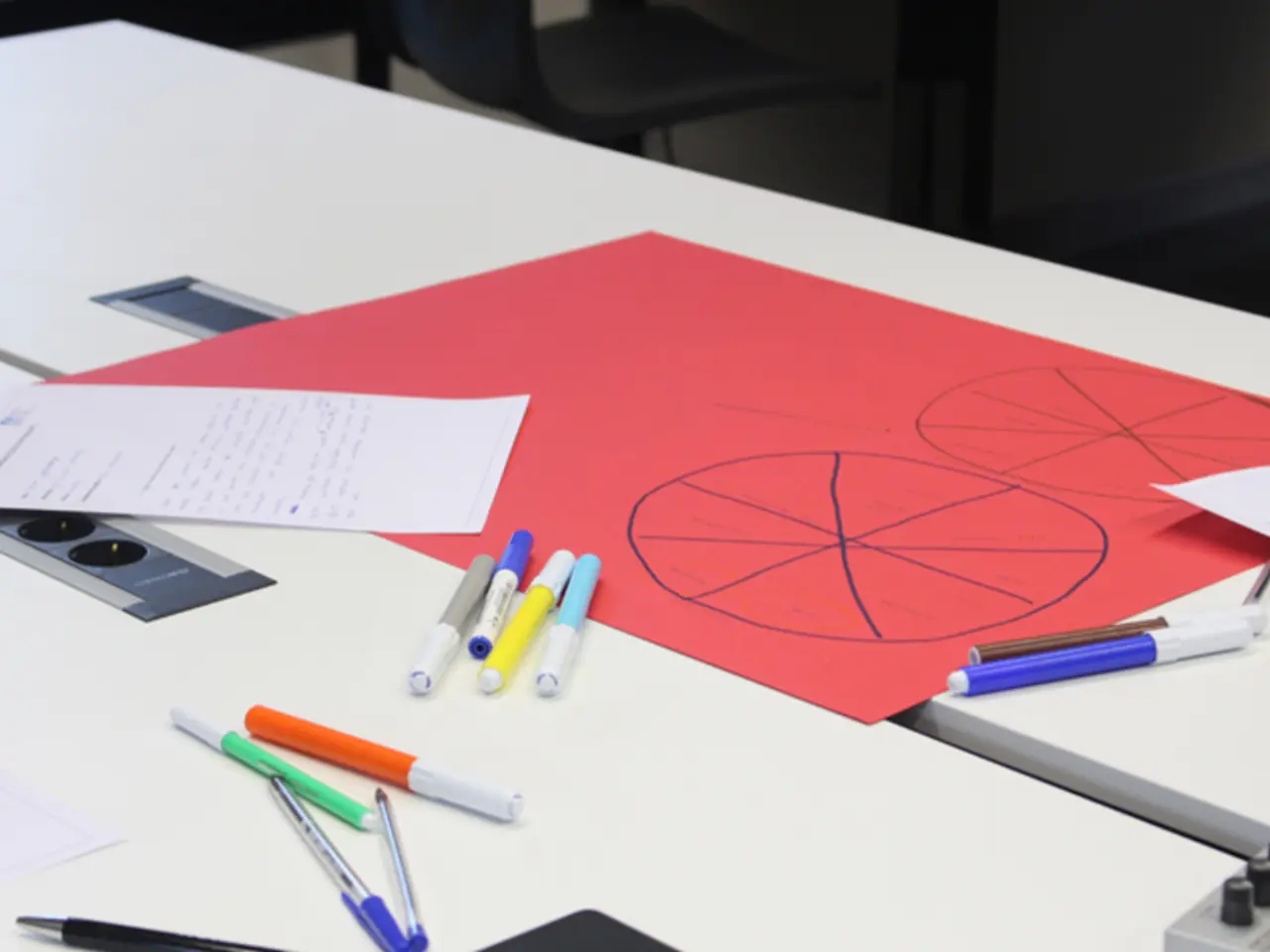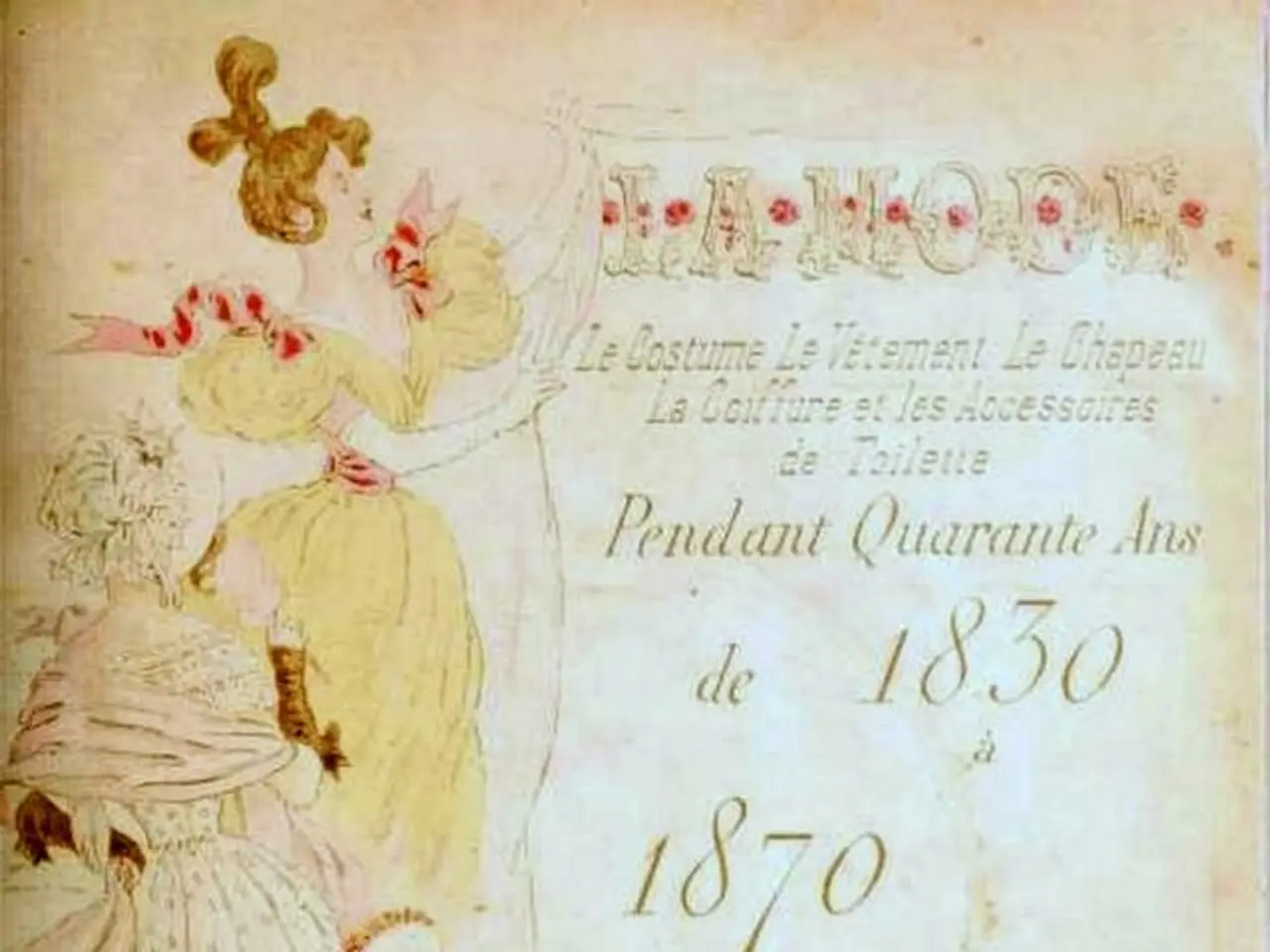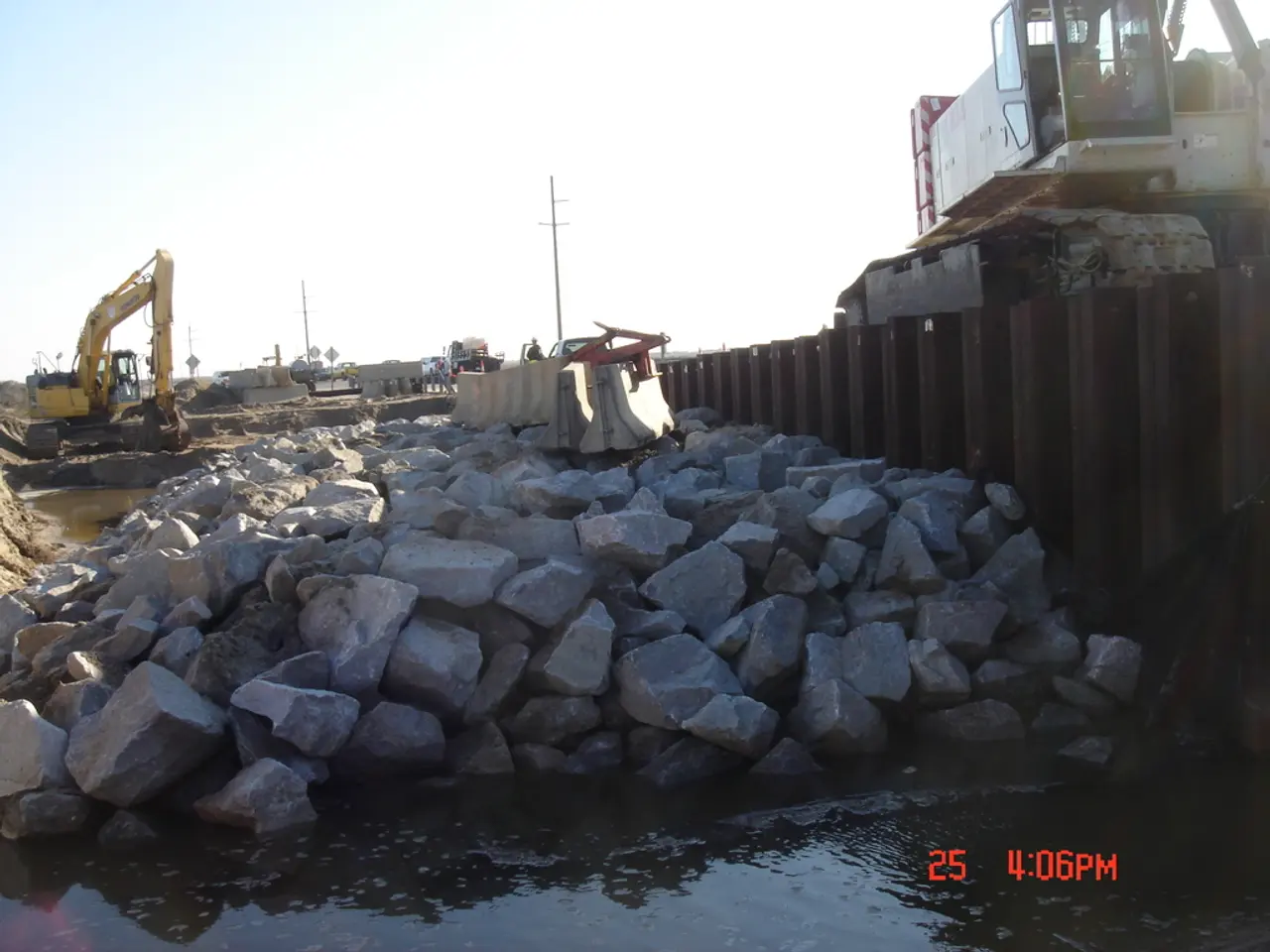Improved Non-Player Character Acting Blueprints
In the world of tabletop role-playing games (RPGs), nonplayer characters (NPCs) can make or break an immersive story. To ensure NPCs are not only functional but also rich and integral to the narrative, the Universal NPC Roleplaying Template has emerged as a valuable tool. Originally shared in 2015, this template has been embraced by gamers worldwide, simplifying the preparation process and enhancing the overall gaming experience.
The template's structure is designed to provide quick and clear NPC descriptions, making them easily accessible at the table. By following a few expert-level strategies, GMs can maximize narrative flexibility, player engagement, and smooth NPC management.
**Crafting Clear, Compelling Character Sentences**
A great starting point is using the template structure "I am an [adjective] [noun] who [verbs]" to define NPCs with vivid descriptors, types, and foci. This approach gives NPCs distinct personalities and motivations, enriching interactions and making them memorable and useful as story drivers.
**Leveraging Descriptor, Focus, and Type**
The adjective (descriptor) colors the NPC's behavior, the noun (type) anchors their role or class, and the focus (verb) highlights their specialties or unique traits. Thoughtfully choosing these elements helps tailor NPCs that fit diverse roles while giving clues for their in-game decisions and impact.
**Expanding NPC Capabilities with Skill Sets**
Add specific skills or abilities to NPCs to reflect their background and support story needs. This creates opportunities for varied interactions, challenges, or alliances that feel organic and grounded.
**Framing Scenes in Advance to Drive Engagement**
Borrowing from narrative techniques, suggesting specific NPC encounters or scenes ahead of time can increase immersion. Suggesting NPC encounters, subject to GM approval, helps build anticipation and facilitates meaningful roleplay moments.
**Applying Core Roleplaying Principles**
Maintain authenticity and clarity by agreeing on NPC goals and roles, genuinely assuming their persona, and debriefing key NPC interactions to refine the story flow. This structured approach deepens the impact of NPCs on the narrative and player experience.
**Creating NPCs with SMART Goals**
Define NPC objectives that are Specific, Measurable, Achievable, Relevant, and Time-bound. Clear NPC motivations drive plot development and provide hooks for players to engage with.
**Implementing Dynamic NPC Behavior Using Experiential Learning Cycles**
Model NPC decision-making through repeated cycles of action, reflection, adjustment, and new action to make them responsive and evolving parts of the story world, increasing realism.
**Preparing NPCs with Varied Loadouts and Tactical Roles**
For combat or mission-oriented games, equip NPCs with diverse gear and abilities to challenge players in unique ways and to keep encounters fresh and strategic.
**Utilizing Name Generators and Randomization Tools**
To swiftly create a roster of NPCs with distinct identities and backgrounds, use procedural name generators and random stat rolls. This can save prep time and yield surprising, inspiring character ideas.
**Balancing NPC Priority and Presence**
Adjust the narrative priority and presence rating of NPCs depending on their role—supporting characters can have low priority to avoid overshadowing players, while central figures may have high priority and more screen time.
The Universal NPC Roleplaying Template is not limited to a single role-playing system. It can be used with various games such as D&D, Numenera, Eclipse Phase, Trail of Cthulhu, Ars Magica, The Strange, Star Wars, and more.
The template also includes sections for a SOCIAL PROFILE, ACTIONS, RESOURCES, and REACTIONS. The SOCIAL PROFILE summarizes what social tactics may be particularly effective and/or ineffective when interacting with an NPC. The RESOURCES section lists any resources that the NPC has available to them. The REACTIONS section lists an NPC's reactions to specific prompts from the PCs.
The Social Profile might involve research or Wisdom (Insight) checks for the PCs to learn or be cued into this information. The template's description is often segregated from the main text for easier layout and quick access to information.
Special Key Info sections include REACTIONS, ACTIONS, RESOURCES, and SOCIAL PROFILE. The Key Info section in the Universal NPC Roleplaying Template is not for important information about the character but for essential details about the character's structural function in the current adventure.
It is advised to avoid repetition in the Roleplaying section, expressing key concepts as a single bullet point for clearer and more useful communication. The Social Profile is an experimental tool and may not need to be done for every NPC.
The template has been used in Modiphius' Infinity and Atlas Games' Over the Edge and Feng Shui, demonstrating its versatility and wide-ranging applicability. With the Universal NPC Roleplaying Template, GMs can create NPCs that are not just functional but also rich, adaptable, and integral to immersive storytelling in tabletop RPGs.
- By integrating education-and-self-development principles such as defining NPCs with vivid descriptors, tailoring them with unique skills, and ensuring clear objectives, gamers can create NPCs that are not just functional but also rich and integral to the narrative.
- Adopting the Universal NPC Roleplaying Template, which includes sections like the Social Profile and Reactions, aids in enhancing player engagement and simplifying the preparation process, fostering education-and-self-development and improved gaming experiences.




